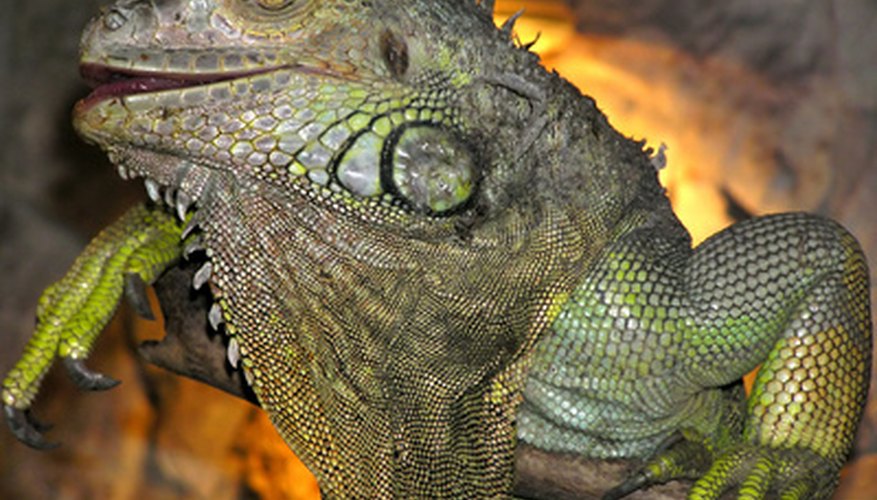The majority of people and animals on earth occupy regions that have relatively temperate climates; however, there are a few animals that live within the most uninhabitable regions on the planet. Animals that live within these harsh climates have adapted to survive. Adaptations of arctic animals are very different from those of their desert counterparts.
Climate
The main difference between arctic and desert species is the climate in which they live. Both climates can be extremely hostile, and they are each other's exact opposite: desert animals endure extreme heat, while arctic animals live within extreme cold. Their respective adaptations are consequently usually designed for either heat or cold.
Endotherms & Ectotherms
One of the main survival techniques of desert animals---such as reptiles---is being ectothermic. Ectothermic animals do not maintain constant body temperatures in the way mammals do. Instead, they expend less energy by relying on the sun to heat their bodies to the point where biological processes can take place. Since there is very little heat in arctic regions, ectotherms do not exist there; all animals within these regions are endothermic---meaning they regulate their body temperature.
- One of the main survival techniques of desert animals---such as reptiles---is being ectothermic.
- Since there is very little heat in arctic regions, ectotherms do not exist there; all animals within these regions are endothermic---meaning they regulate their body temperature.
Camouflage
Although animals from both regions have very distinctive adaptations, many animals still possess adaptations that attempt to camouflage them within their surrounding region. Many arctic animals---such as the arctic fox---possess coats or fur that change to white in order to blend well with the snow. Many desert animals---such as sidewinder rattlesnakes---have skin colours that are very similar to sand, which allows them to blend well and avoid predators.
Hibernation
Many animals---such as bears, skunks and chipmunks---hibernate within arctic regions. During this time their heart-rate slows down and they enter a sleep-like state. Hibernation tends to be during the winter months within the arctic. Desert animals do not perform hibernation, although many animals will burrow down during the harshness of the daytime heat.
- Many animals---such as bears, skunks and chipmunks---hibernate within arctic regions.
- Desert animals do not perform hibernation, although many animals will burrow down during the harshness of the daytime heat.
Migration
Another aspect that can be found among both habitats is the migration of birds. The tern, in the arctic, and the quail, within the desert, are examples of birds that leave during the winter and the summer, respectively.
